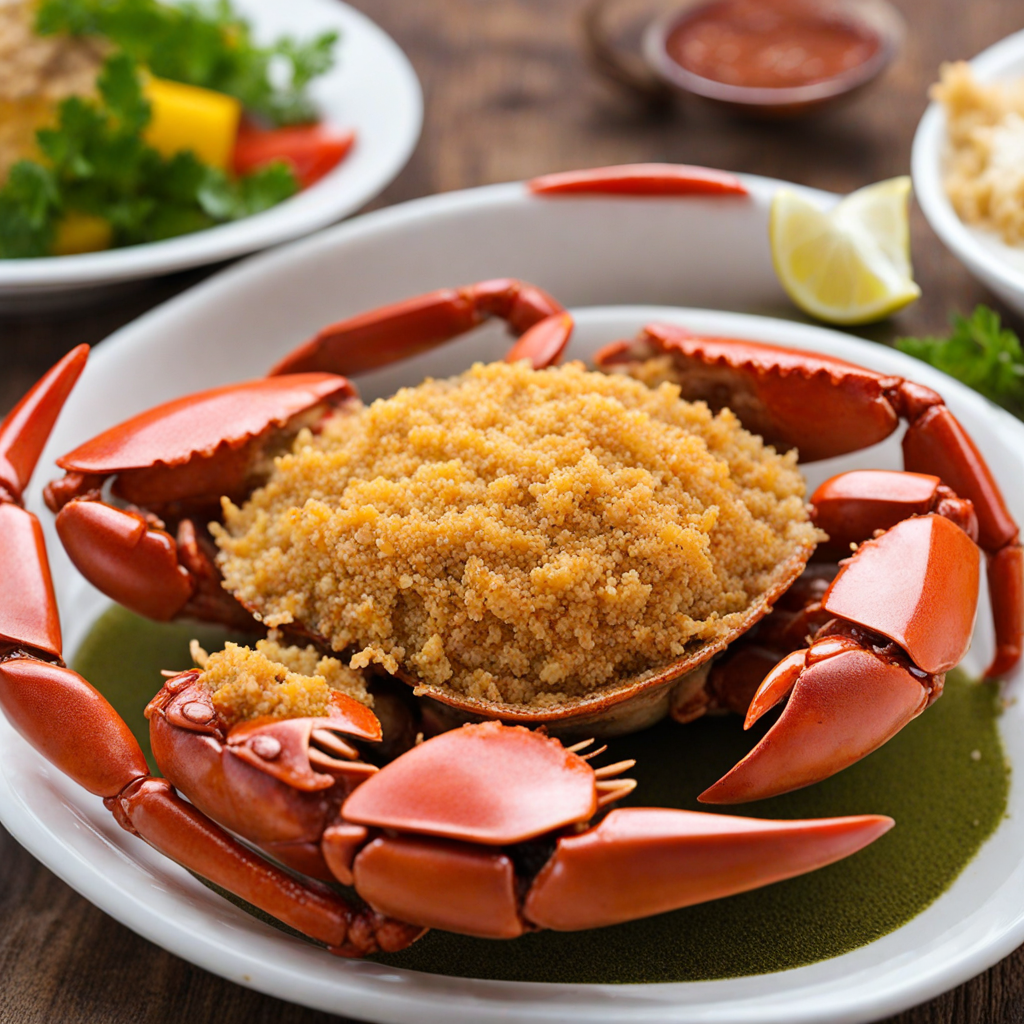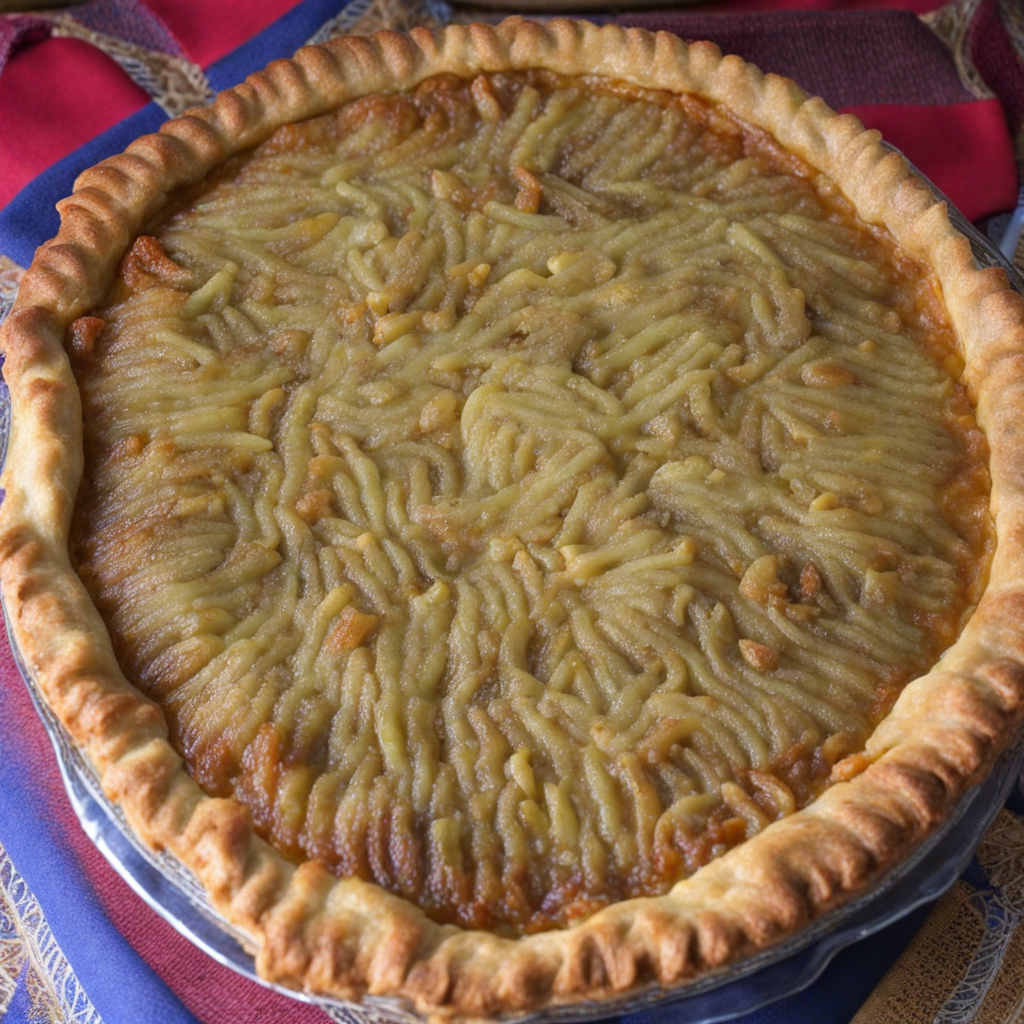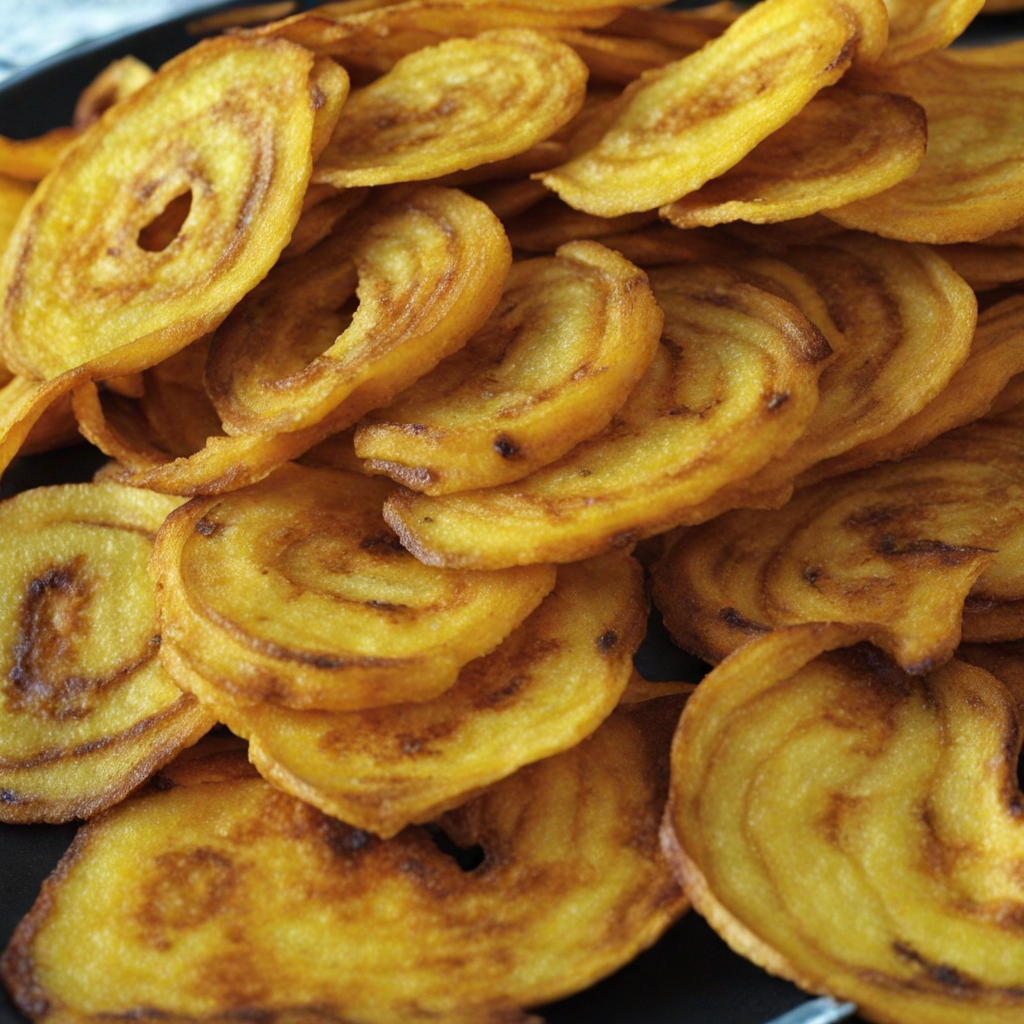Crab Back
Crab Back is a delightful dish that showcases the rich culinary heritage of Dominica, combining the flavors of the sea with local ingredients. This dish is primarily made from crab meat, often sourced from the abundant waters surrounding the island. The crab is carefully prepared, typically steamed or boiled, and then mixed with a medley of seasonings that include fresh herbs, garlic, and sometimes a hint of spice. The result is a harmonious blend of sweet, succulent crab meat that bursts with flavor in every bite. One of the defining features of Crab Back is its unique presentation. The dish is traditionally served in the crab shell itself, creating an appealing visual that captures the essence of the ocean. The shell is filled with the flavorful crab mixture and often topped with breadcrumbs or cheese before being baked to perfection. This adds a delightful crunch to the dish, contrasting beautifully with the tender crab meat. The vibrant colors of the herbs and spices also make the dish visually enticing, inviting diners to dig in and explore its flavors. Crab Back is often accompanied by a side of rice or plantains, allowing diners to savor the richness of the crab while balancing the meal with mild, comforting flavors. This dish is a true representation of Dominica’s coastal cuisine, reflecting the island's reliance on fresh, local ingredients and traditional cooking methods. Enjoying Crab Back is not just a meal; it’s an experience that transports you to the heart of Dominica, where the sea meets the land in a celebration of taste.
How It Became This Dish
The History of Crab Back in Dominica: An Engaging Culinary Journey #### Origins Crab Back is a beloved dish from Dominica, a small island nation nestled in the Caribbean, renowned for its lush landscapes and rich biodiversity. The dish is primarily made from the meat of the green land crab, which is a common species found in the mangroves and wetlands of the island. The crabs are harvested by local fishermen and families, often during the rainy season when they are most abundant, showcasing the deep connection between the community and the natural resources of their environment. The history of Crab Back is rooted in the indigenous cultures of the Caribbean, particularly the Arawak and Carib peoples, who were the first inhabitants of the island. These groups relied heavily on the coastal and terrestrial ecosystems for sustenance, gathering crabs as part of their diet. The preparation of crab dishes likely developed from these early traditions, with recipes evolving over centuries as new influences arrived on the island. With European colonization in the 15th and 16th centuries, particularly by the French and the British, the culinary landscape of Dominica began to change. The introduction of new ingredients such as spices, citrus, and various cooking techniques enriched the local gastronomy. Crab Back became a fusion of indigenous culinary practices and European flavors, reflecting the island's complex history. As a result, the dish is often prepared with a blend of herbs and spices, including garlic, onions, and peppers, which enhance the natural sweetness of the crab meat. #### Cultural Significance Crab Back is not merely a dish; it embodies the spirit of Dominica's culture and identity. It is often enjoyed during family gatherings, community celebrations, and festive occasions, serving as a symbol of togetherness and communal pride. The preparation of Crab Back is a communal activity, with family members gathering to cook, share stories, and enjoy each other's company. This social aspect emphasizes the importance of food in fostering relationships and building community bonds. Additionally, Crab Back is a reflection of the island's culinary heritage, showcasing the importance of local ingredients and traditional cooking methods. The dish highlights the island's rich biodiversity, as the crabs are often caught in the wild, and the accompanying ingredients are typically sourced from local gardens and markets. This emphasis on fresh, locally sourced food is integral to the island's approach to cooking and eating. The dish also has economic significance for many Dominicans. Crab fishing provides a source of income for local fishermen and families, contributing to the island's economy. Restaurants and food vendors that specialize in local cuisine often feature Crab Back prominently on their menus, attracting both locals and tourists eager to experience authentic Dominican flavors. The dish thus plays a crucial role in the promotion of culinary tourism, helping to preserve traditional practices while also supporting local livelihoods. #### Development Over Time As Dominica has evolved through the centuries, so too has Crab Back. Over time, the dish has adapted to changing tastes and lifestyles while retaining its core identity. In the past, Crab Back would have been a simple preparation, focusing primarily on the crab meat itself. Today, it has transformed into a more elaborate dish, often served in the crab shell and topped with a variety of ingredients, including breadcrumbs, cheese, and a medley of spices. The evolution of Crab Back also reflects broader culinary trends in the Caribbean. As the region has embraced a more diverse gastronomic identity, influenced by globalization and the migration of peoples, Crab Back has incorporated elements from various cuisines. Chefs and home cooks alike have experimented with flavors, adding international ingredients and techniques while still honoring the traditional roots of the dish. This creative interplay has led to unique variations of Crab Back, each with its own twist, allowing the dish to evolve while remaining anchored in its heritage. In recent years, there has been a resurgence of interest in traditional Caribbean dishes, driven by a growing appreciation for local and sustainable food practices. As a result, many chefs and home cooks are revisiting classic recipes like Crab Back, seeking to preserve their authenticity while also making them accessible to new audiences. This revival has sparked a renewed passion for Dominican cuisine, leading to culinary festivals, cooking classes, and food tours that celebrate the island's rich culinary heritage. The rise of social media and food blogging has further amplified the visibility of Crab Back. Pictures of beautifully presented Crab Back dishes share a glimpse into Dominican culture, enticing food lovers and travelers to explore the island's culinary landscape. This digital age has allowed for a broader conversation about the significance of traditional dishes, fostering a sense of pride among Dominicans and encouraging a new generation to embrace their culinary heritage. #### Conclusion Crab Back is more than just a delicious dish; it is a narrative woven into the fabric of Dominica's history, culture, and community. Its origins reflect the island's rich biodiversity and the ingenuity of its people in utilizing local resources. With its cultural significance rooted in family and community, Crab Back serves as a reminder of the importance of food in fostering connections and celebrating heritage. As the dish continues to evolve, it remains a testament to the resilience and creativity of the Dominican people. Whether enjoyed at a family gathering, a local restaurant, or a festive celebration, Crab Back encapsulates the essence of Dominica—its history, its flavors, and its spirit. In an ever-changing world, this cherished dish stands as a bridge between the past and the future, ensuring that the culinary traditions of Dominica endure for generations to come.
You may like
Discover local flavors from Dominica







